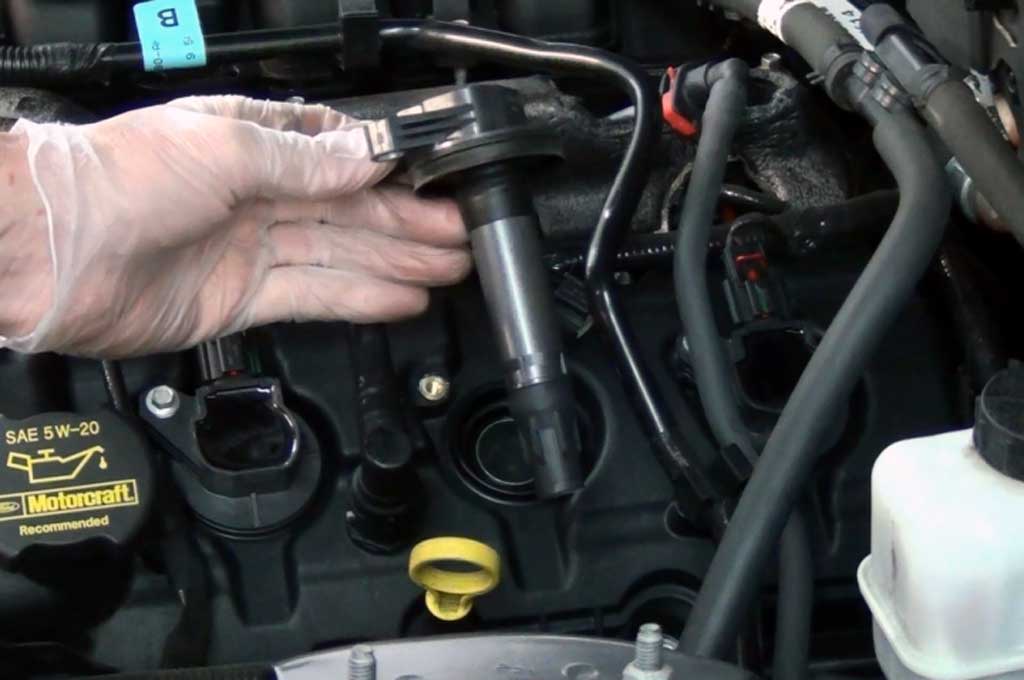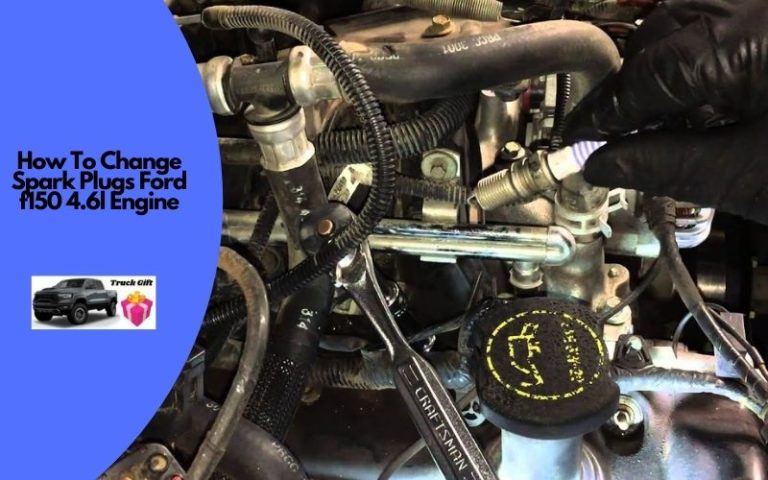How To Test Ford Coil Pack with Multimeter
Keeping the engine running depends on the coil, which energizes the spark plug. Any damage or malfunction can negatively affect the engine’s performance. Using a multimeter, you can determine the Ford coil pack’s current state.
So, how to test Ford coil pack with multimeter?
To test the Ford coil pack, set the multimeter to 200 Ohms, attach the positive and negative probes to the coil pack terminals, and check the reading on the multimeter. Depending on the model, a coil reading between 0.3 ohms and 1.0 ohms indicates that it is working properly.
This is just a quick attempt. An extensive testing process is incorporated into the article. You’ll get a more clear picture if you stick with the article.
How to Test Ford Coil Pack with Multimeter

Testing the Ford coil pack with a multimeter is a simple process. Here are a few steps you can follow to make it easy for you. Having a well-branded multimeter is mandatory before testing a coil pack with a multimeter.
Step 1: Disconnect And Clean the Coil Pack
Check the engine or its surroundings for the Ford coil pack. The next step is to remove the ignition coils from their mounting brackets. There are wires on both sides of the Ford coil pack.
If the coil is dirty or corroded, the testing process will take longer and may be less accurate. So in this case you need to clean the dirt. There is a possibility that dirt particles can enter the ignition coil ports, causing the small components to malfunction. Therefore, it is essential to keep them clean.
Step 2: Inspect the Primary Coil Pack
You need to check for any damage first, since the plastic coils of a Ford coil pack can deteriorate due to engine heat, resulting in spark leaks.
Typically, Ford coil packs have two types of coils: primary and auxiliary. Battery power goes directly to the primary winding, which is made up of thick wire.
It’s important to inspect the main coil pack, which has three ports on the main connector if you haven’t already. Then connect the wires from each spark plug terminal using a multimeter’s probes to a coil, and check the resistance using the multimeter’s leads.
Step 3: Set Up The Multimeter
At this point, you need to set up the multimeter. In order to set up your multimeter, insert the red probe into the VmAΩ port and the black probe into the COM port.
Then turn the knob to the Ω sign to select the resistance setting. When testing the primary coil, choose 200 ohms, and when testing the secondary coil, choose 100K ohms. Fortunately, for testing your Ford multifunction, a multimeter won’t be necessary.
Step 4: Test the Primary Coil
The first step in testing the primary coil in a coil pack is to check the resistance of the two terminals in the connector. There may be two or three terminals on the primary coil, depending on the car model. Set your Multimeter to the ohms setting with a low range since the primary coil has low resistance.
It is not necessary to connect each probe to a terminal inside the plug, since resistance is not directional. At the primary coil terminals, there should be approximately 1 ohm of resistance. Make sure that the resistance in each terminal is the same if there are three terminals.
Step 5: Test The Secondary Coil
Now it’s time to test the secondary coil. Testing the sensory or spark plug can be done regardless of whether the ignition coil pack is attached or removed.
Connect one probe to the coil pack plug and the other probe to the spark plug inside the rubber casing. In the secondary coil, the multimeter should read between 10-20k ohms.
Then, the spark plug should be connected to the terminal where the wire was removed from the coil pack if the ignition coil is mounted in the engine.
Now, connect one end of an extended wire to the spark plug and the other to the battery to ground your spark plug. The spark in the plug will be visible when you start the engine.
Symptoms of Bad Ignition Coil
If you have a bad ignition coil, how do you know it? When an ignition coil is bad, there are some specific symptoms. Let’s have a quick glimpse of them.
- Engine misfires are the most common symptom which causes the engine to stall. It is also a sign that you need to test the actuator of your 4wd vehicle.
- Loss of fuel economy is another big sign that initiates low-voltage sparks in the plug.
- In the event of a bad ignition coil, the engine may result in difficulty starting.
- When an ignition coil malfunctions, the engine will vibrate or shake while idling or even stall.
- On the dashboard, a bad ignition coil can cause the check engine light to illuminate.
How Often Should Coil Packs Be Replaced
In general, coil packs have a lifespan of 120, 000 to 150,000 miles. You must replace coil packs every 120,000 miles, and if the coil seems fine at 120,000 miles, you should replace it at 150,000 miles. So, you need to know how to replace the ignition coils.
However, It is important to note that coil packs’ lifespan can vary depending on driving habits, vehicle brand, model, and type of ignition system. It can fail earlier due to wear and tear or other issues.
Apart from everything, if you notice any symptoms of a bad coil pack such as engine misfires or rough idle, it’s best to have it checked out as soon as possible.
Frequently Asked Questions (FAQs):
Is cheap ignition coils any good?
Cheap Ignition coils often use resins that are not as resistant to vibration, heat, and the constant heat cycles under the hood. It is not recommended to take a risk with a cheap ignition coil from an unknown source as it may put the engine at risk.
Can a bad coil pack cause white smoke?
Yes, a bad coil pack can cause white smoke that comes out from the exhaust. A coil pack failure can result in unburned fuel being released into the exhaust system when one or more cylinders misfire.
Will a bad spark plug throw a code?
Yes, a bad spark plug will throw a code. A faulty spark plug can cause an engine misfire, which can trigger the check engine light as the computer detects the misfire through sensors. The check engine light may flash if the misfire damages the catalytic converter.
Conclusion
So, reading the whole article you have got to know how to test the Ford coil pack with a multimeter.
It is not as difficult as you may have assumed to test the ignition coil pack for faults in your vehicle. Checking the resistance in ignition coil parts with a multimeter can make your job easier when analyzing a Ford coil pack.
Related Posts:



![6 Reasons Why F150 AC Works Intermittently [With Fixes]](https://truckguidepro.com/wp-content/uploads/2023/02/f150-ac-works-intermittently.webp)
![F150 Ticking Noise When Cold [Explained & Fixed!]](https://truckguidepro.com/wp-content/uploads/2023/03/f150-ticking-noise-when-cold.png)


